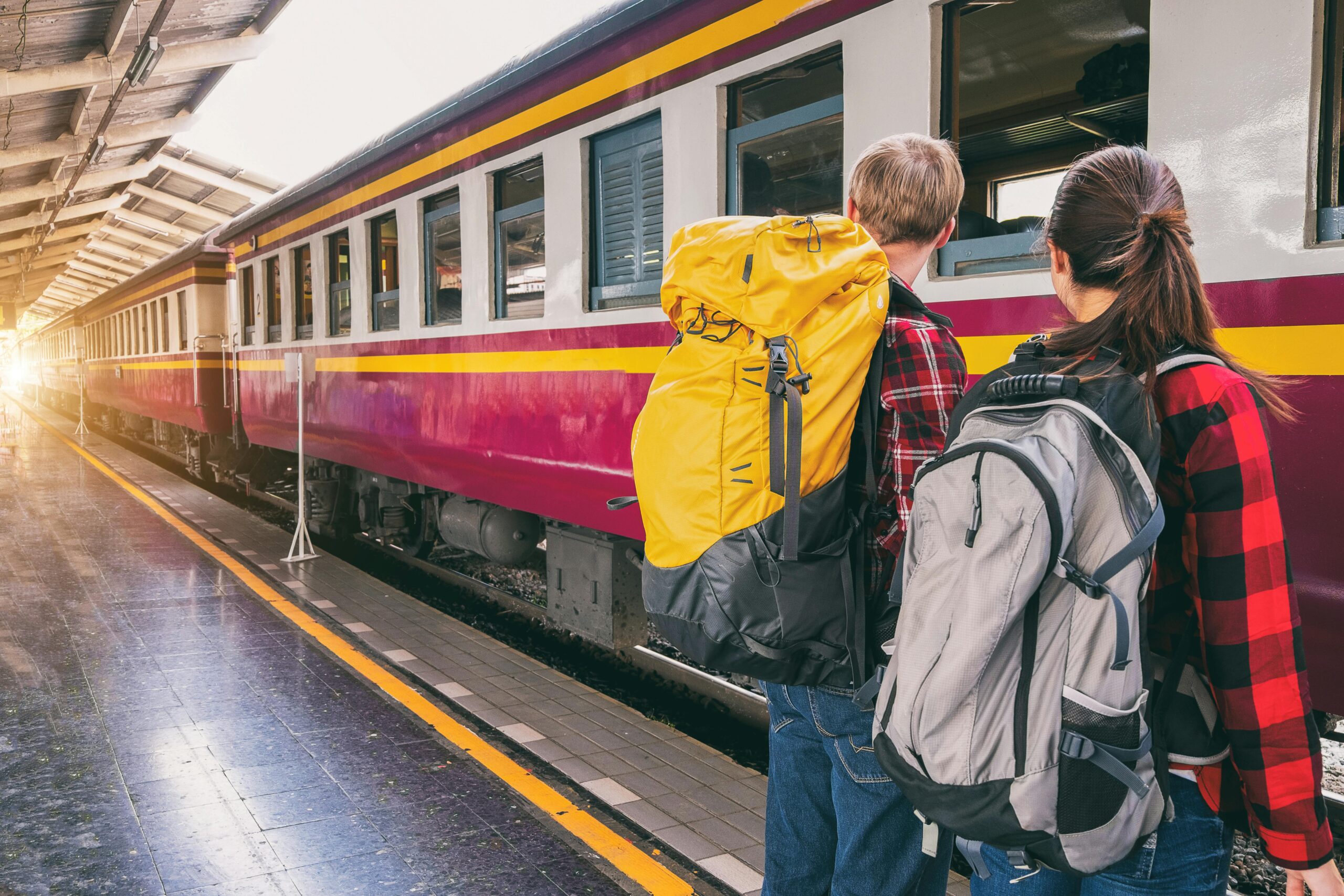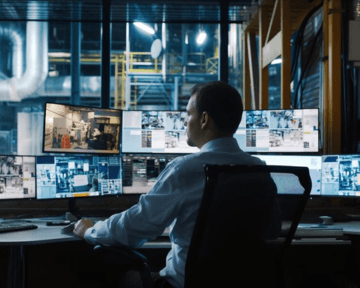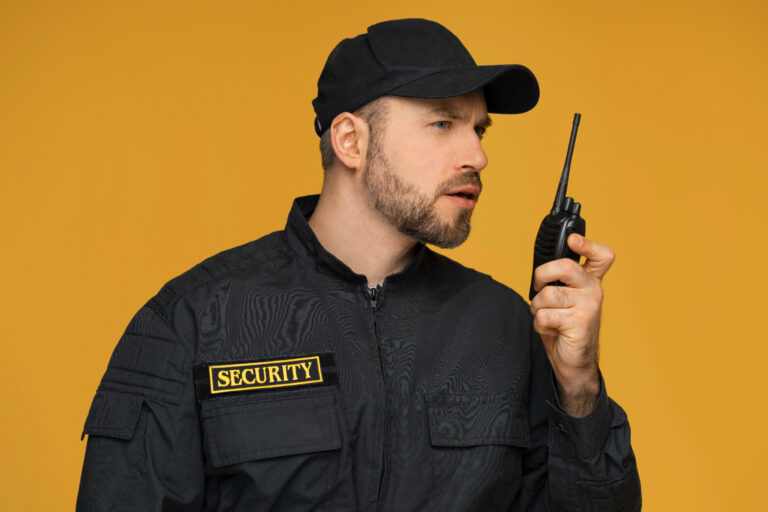
Train Station and Bus Terminal Security: Best Practices and Emerging Technologies
In today’s fast-paced world, millions of people rely on public transportation to travel. Train stations and bus terminals have top-notch security systems to keep everyone safe. Unfortunately, these locations can sometimes be targets for petty crimes and, in extreme cases, terrorist attacks. That’s why train station and bus terminal security is more important than ever.
In this blog, we’ll explore how modern technologies, smart practices, and well-trained security personnel can come together to create a safer environment for travelers. We’ll also look into emerging trends and the role of technology in keeping these places secure.
The Importance of Comprehensive Security Systems
Train stations and bus terminals are unique places. They serve thousands, sometimes millions, of people daily. With such heavy foot traffic, they face many challenges. These transit hubs often cover large areas, have multiple entry points, and serve people with different purposes—some are locals, others are tourists, and some may even have bad intentions.
Understanding the Security Challenges
The first step in creating a solid security plan is understanding the unique risks. Train stations and bus terminals often face:
- Pickpocketing: Crowded areas attract thieves who take advantage of the rush and distractions.
- Vandalism: Large stations may face graffiti or property damage.
- Trespassing: People without tickets might try to access restricted areas.
- Terrorism: While rare, some train stations and bus terminals have been the target of terrorist attacks.
Because these locations are so important, they require a multi-layered security system. This means using physical security measures like gates and locks, advanced surveillance systems, and skilled personnel who can respond quickly to threats.
Advanced Surveillance and Monitoring Technologiess
Technology plays a huge role in train station and bus terminal security. Over the years, surveillance cameras have become smarter, and monitoring systems more advanced. Modern security systems don’t just record—they analyze.
AI-Powered Video Surveillance
Artificial Intelligence (AI) has changed the way we monitor busy places. AI-powered cameras can watch crowds, detect suspicious behavior, and alert security officers in real-time. These systems can recognize when someone might be acting out of the ordinary, like pacing back and forth or leaving a bag unattended.
Facial Recognition and Behavioral Analysis
Many large transit hubs now use facial recognition to identify people who might pose a risk. For example, if someone who is wanted by law enforcement enters the station, the system can send an alert. Behavioral analysis can also identify when someone is acting suspiciously—before a crime even happens.
Drone Surveillance
For larger train stations and outdoor bus terminals, drones are becoming useful tools. These flying cameras can cover large areas quickly and help spot problems in places that are hard for security guards to reach.
Access Control and Crowd Management
Keeping track of who enters and leaves a train station or bus terminal is crucial. With thousands of people moving through these hubs every day, security needs to ensure that no one unauthorized enters restricted areas.
Smart Gates, Turnstiles, and Biometric Scanners
Smart gates and turnstiles make it easier to control access. Passengers can scan their tickets at these gates, allowing only those with valid tickets to enter. Some hubs even use biometric scanners, like fingerprint or face scanners, to let people in.
Managing Large Crowds
At peak hours or during special events, train stations and bus terminals can get extremely crowded. Crowd management is key to preventing accidents and crimes. Security teams can use mobile apps and digital tickets to help streamline the entry process and make it easier for travelers to get to their trains or buses without long waits.
Collaboration Between Security Personnel and Technology
While technology is important, trained personnel are still essential to maintaining security. Security guards, law enforcement, and emergency services must work with the latest technology.
The Evolving Role of Security Personnel
With more tech-driven solutions, the role of security guards has evolved. Today, guards must be trained to work with AI surveillance and biometric scanners. They also need to be able to respond to threats that might come from digital sources, like hacking or data breaches.
Communication Protocols
One of the biggest challenges in securing large transportation hubs is communication. Security teams need to be able to communicate with each other, law enforcement, and even passengers when a threat arises.
Counter-Terrorism Measures
Security at train stations and bus terminals must always be prepared for the worst. While terrorist attacks are rare, they are serious, and transit hubs can be prime targets. So, counter-terrorism strategies must be in place.
Visible Deterrents
Visible security measures like K-9 units and random security checks help make travelers feel safer while discouraging criminal activity. When passengers see these deterrents, they are less likely to engage in criminal activity.
Public Awareness
One of the most powerful tools against terrorism is the public itself. Security teams encourage passengers to report suspicious behavior or unattended items. Signs and announcements remind people to stay aware of their surroundings and speak up if something doesn’t feel right.
Emergency Preparedness and Crisis Response
Emergencies can happen anytime, and being prepared is key to keeping everyone safe. Whether it’s a fire, natural disaster, or an attack, having an evacuation plan in place is essential.
Evacuation Plans
Every train station and bus terminal should have a clear evacuation plan that is tested regularly. This plan should include routes for getting people out quickly and safely. Security teams, police, and emergency services should all be familiar with these routes.
Real-Time Data Analytics
In the event of an emergency, real-time data can be a lifesaver. For example, AI systems can analyze video footage to determine the safest way to evacuate. Real-time communication systems can also keep passengers informed about what to do.
Cybersecurity Concerns in Modern Transportation Hubs
Train stations and bus terminals are becoming more digital. Many passengers now use digital tickets and rely on public Wi-Fi. While this makes traveling more convenient, it also opens the door to cyber threats.
Protecting Networks
Security teams must ensure that their digital networks are protected from hackers. This includes the systems that support digital tickets, passenger databases, and public Wi-Fi.
Cybersecurity Training
Just as important as training security personnel in physical protection is training them in cybersecurity. Security teams must know how to respond if a cyberattack occurs, whether a data breach or someone attempting to hack the network.
Future Trends in Transit Security
The future of train station and bus terminal security is exciting, with many new technologies being developed to keep people safe.
Internet of Things (IoT) Devices
IoT devices are small gadgets that connect to the internet and can collect data. In security systems, they help monitor everything from surveillance cameras to air quality sensors. This information can help security teams identify threats more quickly.
Predictive Analytics and Machine Learning
Predictive analytics uses data to forecast potential threats. For example, if certain behaviors often lead to a security breach, machine learning systems can spot those patterns early and prevent incidents from happening.
Autonomous Security Robots
Robots might soon become part of security teams. These machines can patrol stations, scan for threats, and even help direct people in an emergency. They’re still in development, but they can potentially make a big impact.
FAQs
Security is crucial because these locations are busy, public places that can be targets for theft, vandalism, and terrorism. Proper security keeps passengers, staff, and infrastructure safe.
AI-powered systems can monitor large crowds, detect suspicious behavior, and even recognize faces. These tools help security teams respond more quickly to potential threats.
If you notice something unusual, like an unattended bag or someone acting strangely, report it to security personnel immediately. Your awareness can help prevent serious incidents.
Biometric scanners use unique physical characteristics, like fingerprints or facial features, to identify people. They are often used in modern transit hubs to control access.
Yes, as these locations become more digital, they are more susceptible to hacking. Security teams work hard to protect digital ticketing systems and passenger data.
our Social Media:
Please Like and share:



![Why Every Business Needs a Security Plan in [2025]](https://americanalliancepatrols.com/wp-content/uploads/2024/12/2150368771-768x512.jpg)






